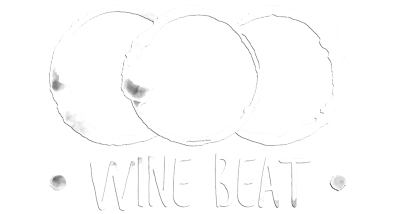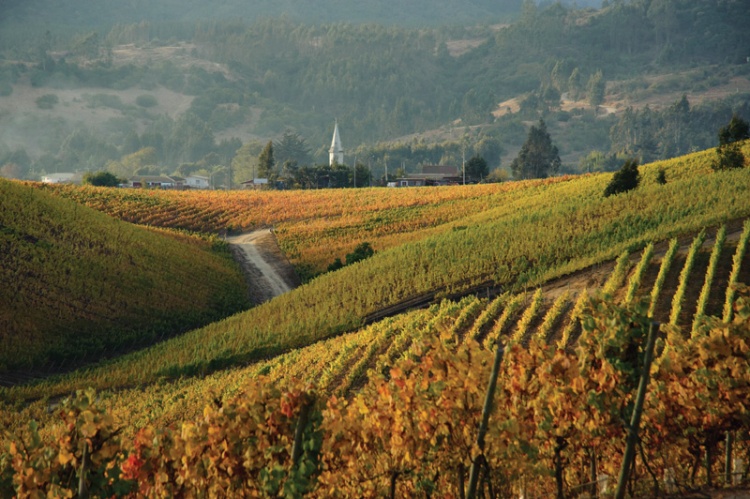
Chile has done more in a shorter period of time to conquer the wine world than any other country on earth. The speed with which the Chileans developed a commanding export niche in the 1980’s and 90’s and with which Chile then climbed the quality ladder is a well-known phenomenon. The success is due to a confluence of many factors and good fortune including climate, soils, the lack of phylloxera and, of course, hard work on the part of the Chilean wine industry. Hard work and industriousness in business are hallmarks of the Chilean people.
I have a theory that the Chilean character has been fundamentally formed by the experience of the people around the conquest by the Spanish in the 1500’s. Pedro de Valdivia and his men came from Peru to conquer what is now Chile. However, instead of finding plentiful gold they met an indigenous population that was overwhelmingly unyielding to subjugation. Literally for hundreds of years the Spaniards and the locals were in a state of intense, see-sawing war. In order to survive every person, when not in battle, had to turn their hand to agriculture and industry. There was no place for the comfortable life of colonial governance and bureaucracy. What was forefront was survival.
The Chilean wine industry has good survival instincts perhaps borne of this character. Never resting on success, the winemakers are constantly reinventing themselves. Fortunately, in this long, narrow country pressed up between the Pacific and the Andes mountains, there is tremendous diversity of terrain. There are great differences in latitude, in altitude, in proximity to the sea, in soils and in rainfall. This means that Chile’s winemakers can innovate and develop new wine making frontiers, whether in search of growth or in order to pursue different grape varieties that may be commanding market attention. Chile has this ability to challenge just about every major wine producing country at the things that other country excels at. Talk about being able to pivot and react!
Why the Wines of San Antonio and Leyda?
The push by Chilean winemakers to find new terroir closer to the coast began with the neighbouring Casablanca Valley. The country’s winemakers found great success here and Casablanca’s cooler climate allowed them to start to produce high quality Pinot Noir and Sauvignon Blanc, varieties that hadn’t been the central thrust of Chile’s wine machine up to that point. With innovators and risk takers pushing onwards, the San Antonio and Leyda valleys were up next. The region has only been planted since 1997 so it is still a very young producer.
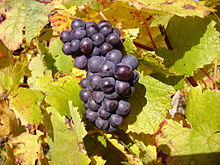
However, the very specific micro-climate of the region with a longer growing season that is moderated by the effect of the Humboldt current (the Pacific is only 3 miles away!) makes for distinct wines. The Pinot Noir and Sauvignon Blanc benefit from the extended maturation period and this very young area is recognized as producing some of the best wines in Chile from these varieties. There are very notable bargains among the wines coming from this region so this is a good place to go exploring for high-quality Pinot Noir, Sauvignon Blanc, Riesling, Chardonnay – and even Syrah. It turns out this microclimate can turn out a very good Syrah and the quality will likely only improve with time.
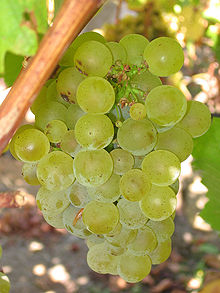
Where is San Antonio Valley?
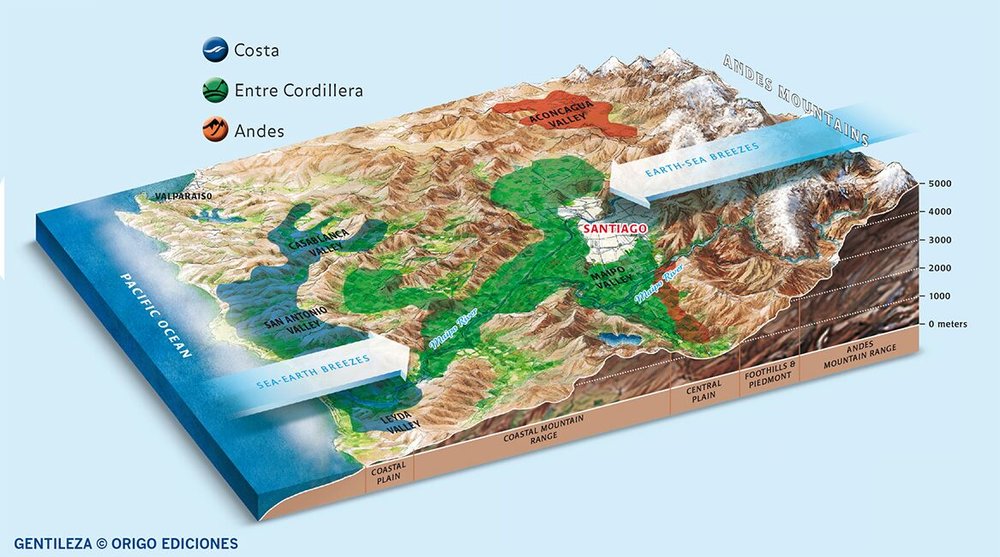
San Antonio and Leyda – complexity of climate makes for very particular wines.
The location is quite compelling. This is a region that is just walking distance away from the Pacific ocean and is barely more than 150m above sea level. At the eastern end the Maipo River spills down as it flows from the Central Valley and Santiago itself. In fact it is just a couple of hours to drive here from Santiago and so the region can be reached as part of a day tour from the capital. There is more to see on a trip down to this region, however, and it makes a lot of sense to combine a trip to San Antonio Valley with the Casablanca valley and also, of course, the really unique city of Valparaiso. Valparaiso is a quirky, magnetic cultural centre with brightly coloured houses, a rugged, messy, bohemian vibe and a barely controlled street art/graffiti scene. It’s a place for poets, wine lovers, adventurers, partiers, counter-culture types and foodies.
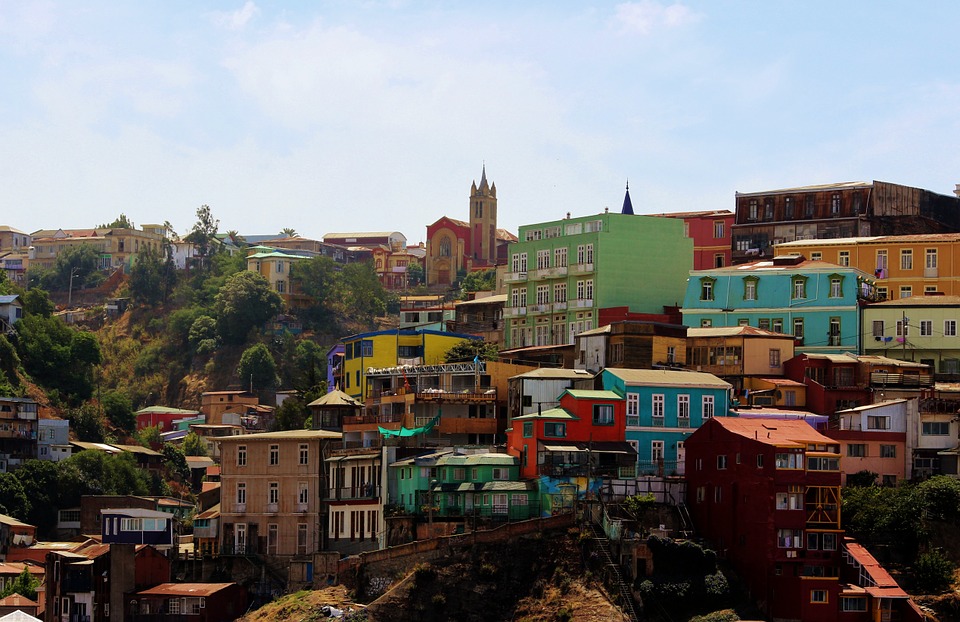 Valparaiso is a city like no other
Valparaiso is a city like no other
Who are The Winemakers?
Look for wines from Viña Leyda (www.leyda.cl), Casa Marin, Matetic (who also have an excellent hotel) and Garces Silva (who make Boya and Amayna labels).
When to Visit?
The best time to visit Chile is from November to May. The harvest season in the vineyards runs from about February to April.
Useful Links:
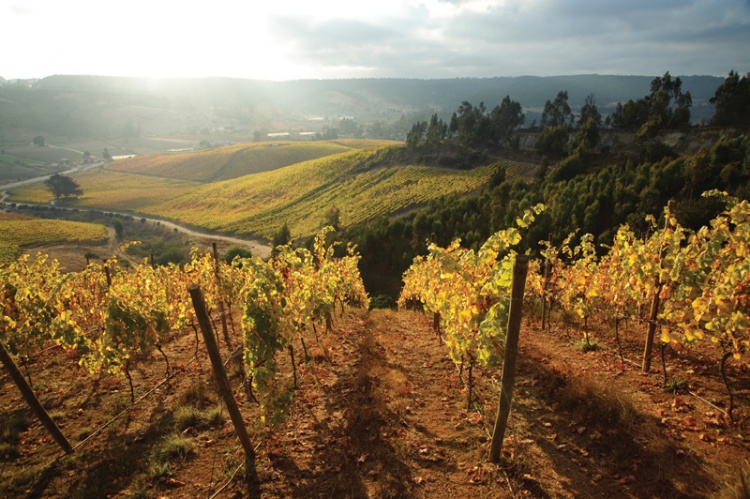 If you happen to be in Chile….
If you happen to be in Chile….
Photo credits www.winesofchile.org, www.leyda.cl, pixabay and wikipedia
